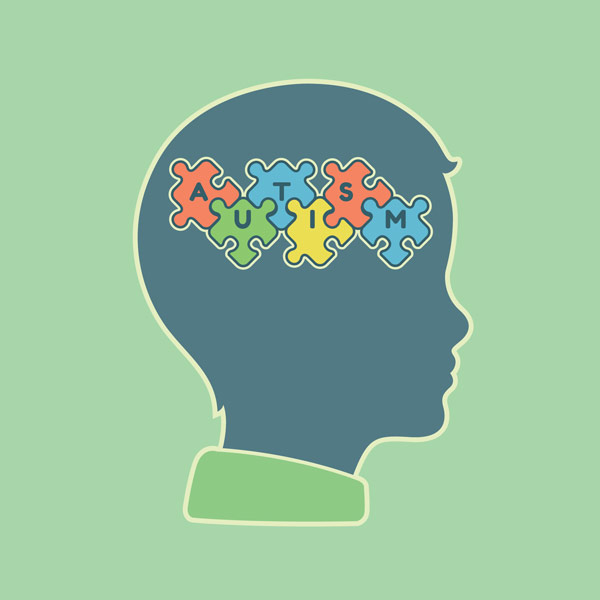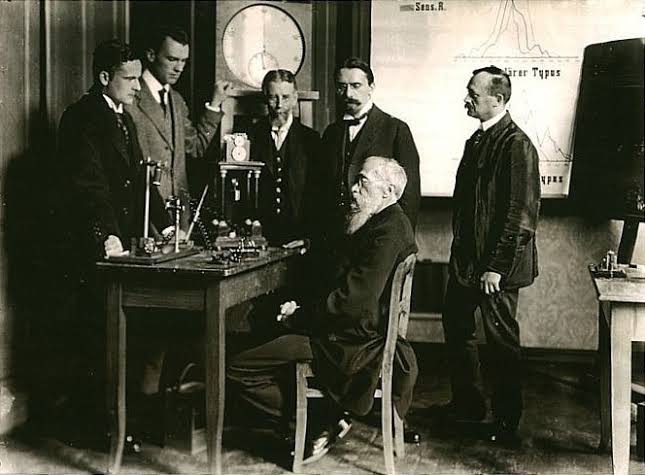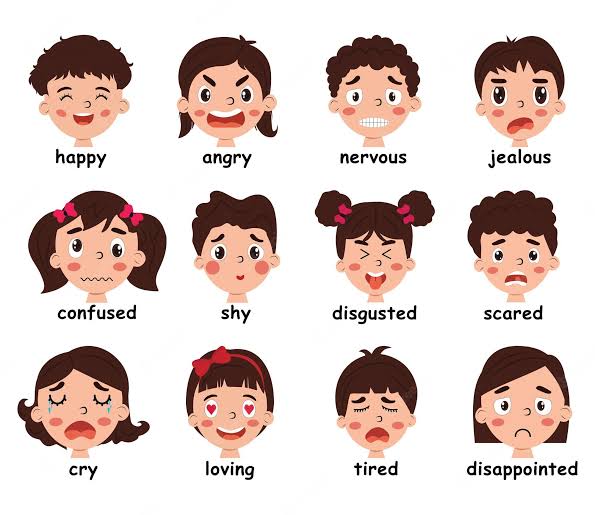Introduction
Experiments are among the only few ways left to know anything for sure or atleast get insurmountable evidence and or insane insights. All of these is simply because experiments carry out tests and make findings based on watching and experiencing a case study do what it does. Way more reliable than mere thoughts and untested opinions.
On going around reading non-fiction books where writers are trying to make their points like the book Originals: How Non-conformists Move the World by Adam Grant, Outliers: The Story of Success by Malcolm Gladwell, etc; one would come to find that they report and talk about a lot of experiments carried out by psychologists, they use them to show you what has been found through experiments and how these findings prove the point they're trying to make.
Some of the Most Interesting Experiments Carried Out By Psychologists and Scientists would be a series of posts reporting these experiments to you so you can benefit by learning some of the things the expert scientists now know for sure or atleast have evidence for and or insane insight. So welcome to the
Eight Edition! 🎊
For this edition, I'll be reporting some experiments from Malcolm Gladwell's 2005 book Blink: The Power of Thinking Without Thinking. Enjoy!
1
We Know Emotions can Trigger the Expressions on Our Face But Do you Know the Expressions on Your Face Can Trigger Emotions in You Too?
In page 275 Gladwell reports:
a German team of psychologists conducted a similar study. They had a group of subjects look at cartoons, either while holding a pen between their lips — an action that made it impossible to contract either of the two major smiling muscles, the risorius and the zygomatic major — or while holding a pen clenched between their teeth, which had the opposite effect and forced them to smile. The people with the pen between their teeth found the cartoons much funnier.
These findings may be hard to believe, because we take it as a given that first we experience an emotion, and then we may — or may not — express that emotion on our face. We think of the face as the residue of emotion. What this research showed, though, is that the process works in the opposite direction as well. Emotion can also start on the face. The face is not a secondary billboard for our internal feelings. It is an equal partner in the emotional process.
2
A Dive into the Mind of an Autistic Person

Irina Mir/Shutterstock.com Shape shifter: What do these puzzle pieces mean to you?
In page 289, Gladwell reports:
Robert T. Schultz, once did an experiment with what is called an FMRI (functional magnetic resonance imagery), a highly sophisticated brain scanner that shows where the blood is flowing in the brain at any given time — and hence, which part of the brain is in use. Schultz put people in the FMRI machine and had them perform a very simple task in which they were given either pairs of faces or pairs of objects (such as chairs or hammers) and they had to press a button indicating whether the pairs were the same or different.
Normal people, when they were looking at the faces, used a part of their brain called the fusiform gyrus, which is an incredibly sophisticated piece of brain software that allows us to distinguish among the literally thousands of faces that we know. (Picture in your mind the face of Marilyn Monroe. Ready? You just used your fusiform gyrus.) When the normal participants looked at the chair, however, they used a completely different and less powerful part of the brain — the inferior temporal gyrus — which is normally reserved for objects. (The difference in the sophistication of those two regions explains why you can recognize Sally from the eighth grade forty years later but have trouble picking out your bag on the airport luggage carousel.)
When Schultz repeated the experiment with autistic people, however, he found that they used their object-recognition area for both the chairs and the faces. In other words, on the most basic neurological level, for someone with autism, a face is just another object.
Here is one of the earliest descriptions of an autistic patient in the medical literature: “He never looked up at people’s faces. When he had any dealings with persons at all, he treated them, or rather parts of them, as if they were objects. He would use a hand to lead him. He would, in playing, butt his head against his mother as at other times he did against a pillow. He allowed his boarding mother’s hand to dress him, paying not the slightest attention to her.”
THE END
• (Find the first edition here)
• The second here
• The Third
• The fourth
• The Fifth
• The Sixth
• The Seventh

Roll with @nevies, I run a Humor, deeper thoughts and sex talk blog here on Hive🌚
Donate/Tip:
BTC: bc1qlpu8rqftnn9r78dajpzf9p0ueqkvzdvzeayrtd
ETH:0x7168800F3b7499A2dd32B4C8Ae0EFA0F68A93800
LTC: ltc1qx0r3nym5hpq6mxvfkl3dzs2ap455aefh9rjq07
Email: [email protected].

Posted with STEMGeeks

